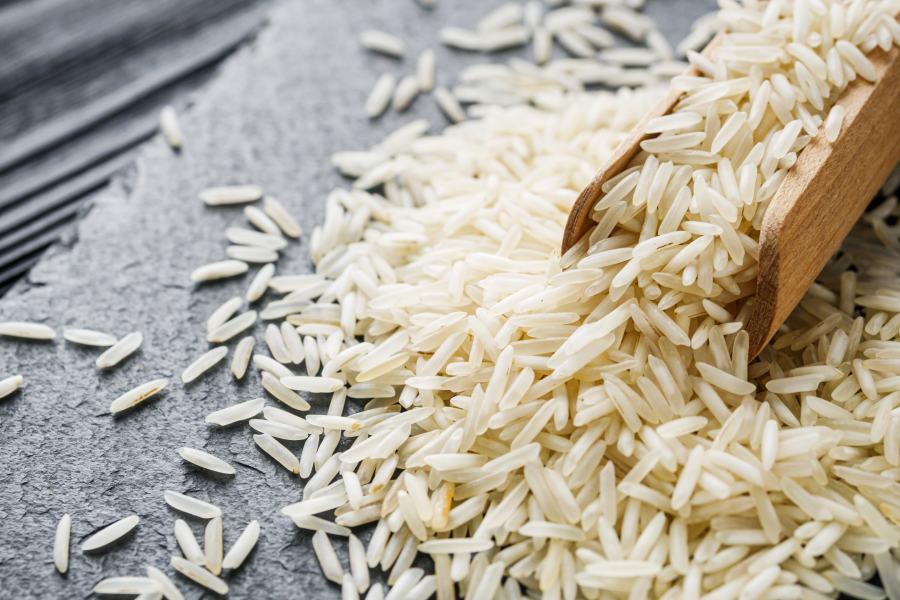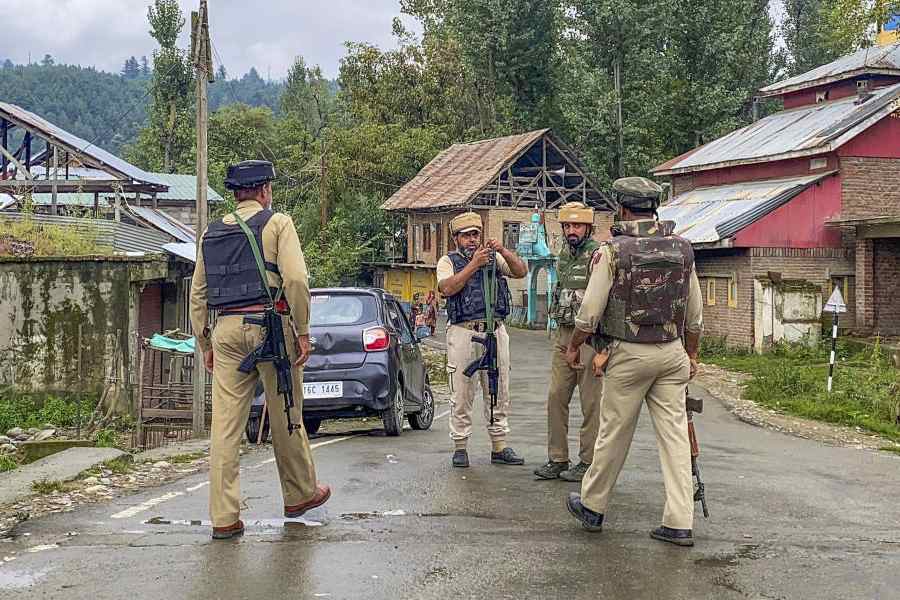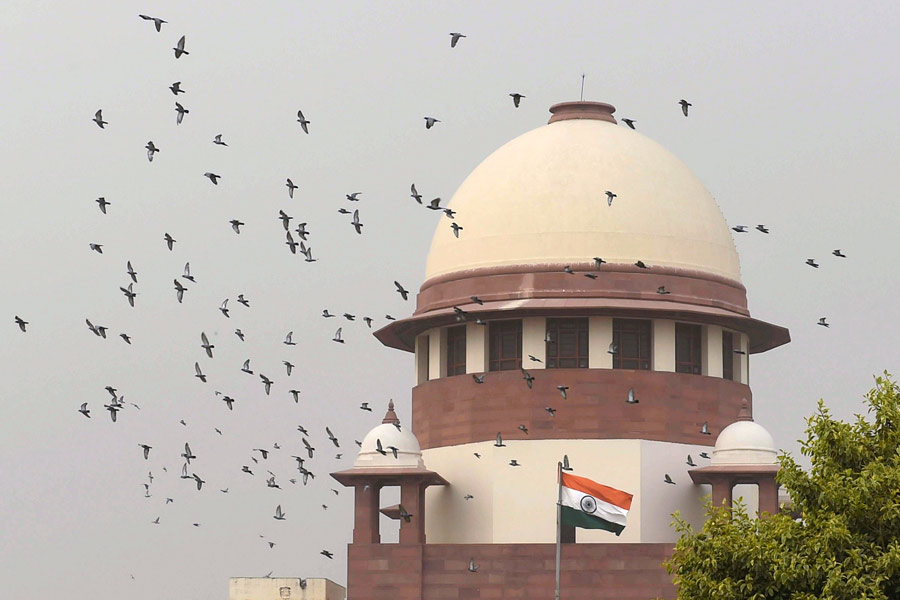Sheonath Sah, a bhooja -seller (fried grains) at Firayalal crossing, still sports a saffron attire that demonstrates his status as a kanwaria (pilgrim) who has returned from Deoghar after worshipping Shiva.
Baidyanath-Dham as Deoghar is also referred to, is believed to be the abode of Shiva which draws lakhs of Hindu devotees every year. Devotees offer ?holy? Ganga water to the shivlinga at its famous temple in the month of Sawan.
Though Deoghar is over 300 Km away from Ranchi, the city too, bears a festive look during Sawan, as kanwar-holding (a suspended water vassal tied to a bamboo stick), saffron-clad devotees walk by, shouting ?Bol Bum? and board buses to reach Sultanganj in Bihar?s Bhagalpur district.
The kanwarias first reach Sultanganj to fill their vessels with the ?holy? Ganga water. Then they suspend the vassal through the kanwar slung across their shoulder and undertake the arduous journey on feet for 132 kilometre on the Sultanganj- Deoghar stretch. The ?holy? expedition is full of hardship. Once a kanwaria breaks his journey for any reason, he has to take a bath to resume his journey. The kanwaria is ordained to take a bath each time he grounds his kanwar.
But then there is the Daak Bum who is not supposed to break the journey over the 132 km stretch, even once. A Dak Bum is the one who once picks up his kanwar at Sultanganj and reaches the temple within 14 hours, without breaking the journey even once. Only the toughest devotee opts to be a Daak Bum. The kanwarias comprising common men, from farmers to high-ranking people to baboos, all forget their status and call one another as ?Bum?.?Bum? is a common name to call the peers with while on the expedition.
Many kanwarias also share the chyllum or clay pipe used for smoking ganja (marijuana) and hashish when they break their journey to relax. Ganja (marijuana) and bhang (hashish) are permissible for Shiva is believed to love ganja, bhang.
The situation reminds me of Allama Iqbal?s verse in the God?s praise: ?Banda-o-Sahibo -Muhtazo-gani ek hue/ Teri sarkar mein panhunche to sabhi ek hue?. Between the serf and the lord, needy and rich, difference there is non/ When they appearbefore god they come as equal and one. Perhaps, it is the strength of the faith that empowers these kanwarias to undertake such a hard journeys on feet, together.
It is difficult to trace the temple?s or the journey?s historical origin. The Indians, said to be recent converts to the study of history. They would rather trace the origin in its myths and legends.
The legend has it that Ravana in his 12 years of penance on Kailash Mountain pleased Shiva, persuading him to shift his base to Lanka. Shiva agreed to the king?s prayer but with a rider: The lord directed Ravana to carry his Linga to Lanka without putting it anywhere. Shiva?s decision bothered Lord Vishnu and his spouse Laxmi, who feared that once Ravana took Shiva to Lanka he would gain the power to rule the Trilok (universe) in his demonic fashion.
Thereby Laxmi secretly filled Ravana?s bladder with the whole of Ganga. When he reached the place now called Deoghar, Ravana felt the urge to relieve himself. He handed the linga to Vishnu who had taken the form of a shepherd as part the ?holy conspiracy?. Vishnu put down the linga complaining it to be too heavy to hold. Thereby, Ravana bound by Shiva?s ?dictate? had to install the ?linga? at the place now famous as Deoghar.
Perhaps taking the cue from Ravana, the Kanwarias undertake such an arduous journey. ?I have been undertaking this journey for years. I will do it till my body allows me?, says Sheonath Sah who is in his late 50s.










